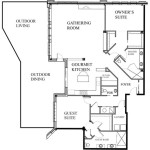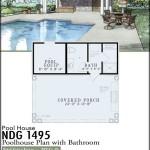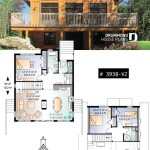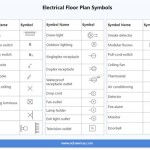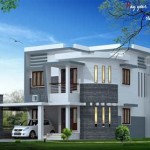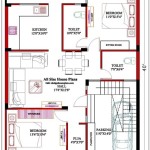Rectangle House Floor Plans: An Essential Guide
When it comes to home design, rectangle house floor plans are a popular option for their simplicity, functionality, and affordability. Rectangular homes are easy to build, efficient to use space, and offer a wide range of design possibilities.
If you're considering a rectangle house floor plan for your next home, there are a few essential aspects to keep in mind. These factors can help you create a home that is both beautiful and functional.
1. Shape and Dimensions
The shape and dimensions of your rectangle house floor plan will determine the overall layout and flow of your home. A long, narrow rectangle will create a different feel than a short, wide rectangle. When determining the dimensions of your home, consider the number of bedrooms and bathrooms you need, as well as the size of your furniture.
2. Orientation
The orientation of your rectangle house floor plan is important for maximizing natural light and ventilation. If possible, orient your home so that the long axis of the rectangle faces north or south. This will allow for more natural light to enter the home and will help to reduce energy costs.
3. Flow and Circulation
The flow and circulation of your rectangle house floor plan is essential for creating a comfortable and livable home. Make sure that there is a clear path from the entryway to the main living areas, and that the rooms flow logically into each other. Avoid creating dead-end spaces or awkward transitions.
4. Room Sizes and Proportions
The size and proportions of the rooms in your rectangle house floor plan are important for both comfort and aesthetics. Make sure that the rooms are large enough to accommodate your furniture and activities, but not so large that they feel empty. The proportions of the rooms should also be balanced, with no one room feeling too dominant or out of place.
5. Natural Light
Natural light is essential for creating a healthy and inviting home. Make sure that your rectangle house floor plan includes plenty of windows to let in natural light. Windows should be placed strategically to maximize the amount of light that enters the home, while also providing privacy.
6. Outdoor Spaces
Outdoor spaces are an important part of any home, and rectangle house floor plans offer a variety of options for creating outdoor living areas. A patio, deck, or porch can provide a place to relax and enjoy the outdoors. A pool or garden can also be added to create a more luxurious outdoor space.
By following these essential aspects, you can create a rectangle house floor plan that is both beautiful and functional. Rectangle homes are a great option for a wide range of homebuyers, and they offer a variety of design possibilities.

110 Best Rectangle House Plans Ideas Floor

Rectangle House Plan With 3 Bedrooms No Hallway To Maximize Space Plans Bungalow Cottage Floor

Great Basic Design Rectangle House Plans Bedroom Floor Flooring

House Plans Home And Floor From Ultimate

Rectangular House Plans Google Search Rectangle Ranch Style One Story

Rectangular Ranch Home Plan 22155sl Architectural Designs House Plans

Rectangular House Plan With Flex Room On Main And Upstairs Laundry 50184ph Architectural Designs Plans

Ranch Style House Plan 3 Beds 2 Baths 1276 Sq Ft 497 30 Houseplans Com

Eco Family 1900 Plan Rectangle House Plans Floor

House Plan 40686 Ranch Style With 1400 Sq Ft 3 Bed 2 Bath


